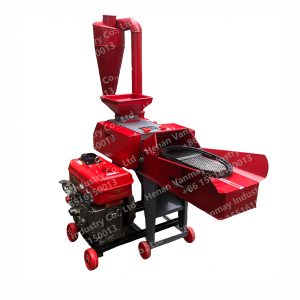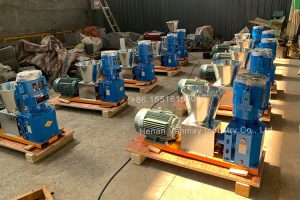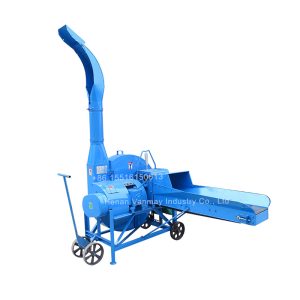Why is Silage Chopper Grain Grinder Machine So Popular?
346Silage Chopper Grain Grinder Machine is an all-in-one machine with cutting belt, which can crush corn stalks, rice straws, wheat stalks, sweet potato stalks, peanut soil, reed grass, sorghum stalks and other crop stalks into final shapes at one t...
View details vmagromachine
vmagromachine




HelloPlease log in